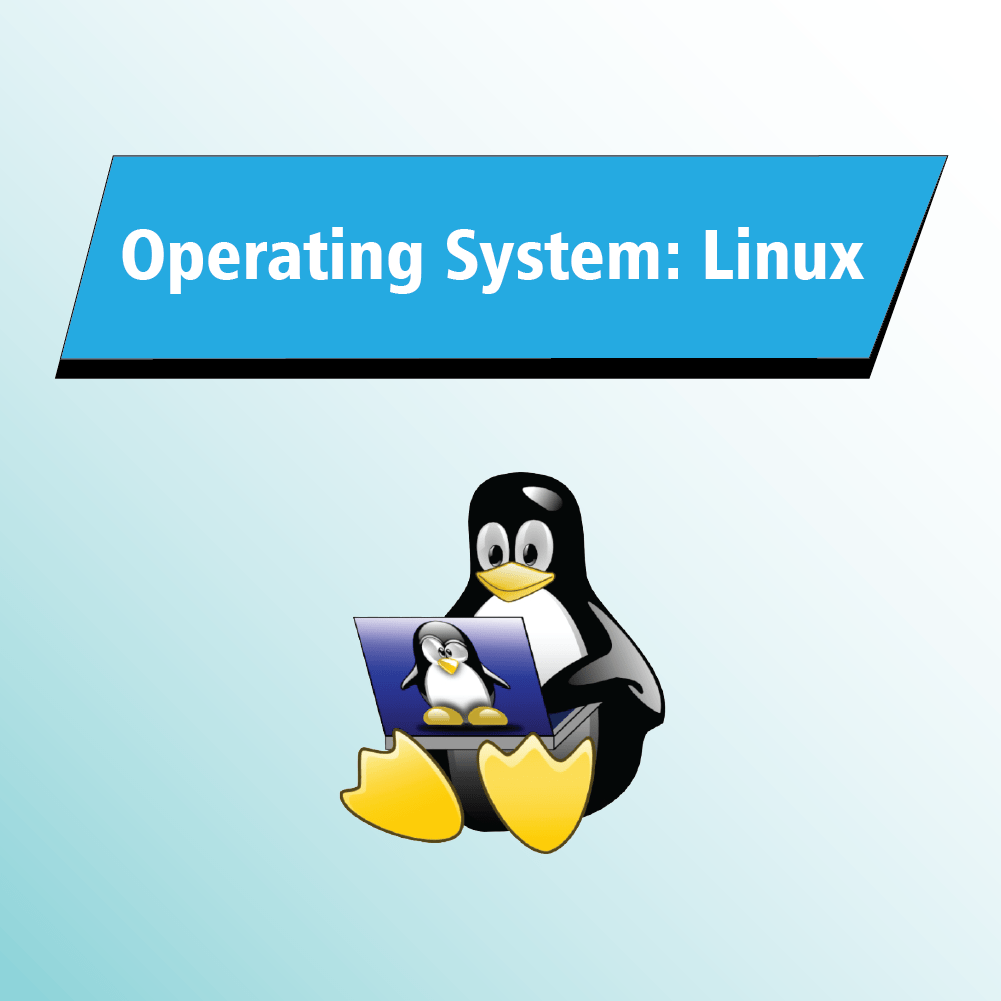Some information about LAMP Stacks

What is LAMP Stack?
LAMP is one of the most popular and widely used open source software stack. It stands for Linux, Apache, MySQL, and PHP, and is used for hosting static and dynamic web applications. It is considered by many of platform used for developing new custom web apps.
Apache HTTP server is a free and open source cross-platform web server that is used for hosting websites and web apps. It’s fast, feature-rich, and highly customizable to suit your hosting requirements.
MySQL is a relational database management system used to store application data. It is an open-source and keeps all the data in a format that can easily be queried with the SQL language.
SQL works great with well-structured business domains, and a great workhorse that can handle even the most extensive and most complicated websites with ease.
MySQL stores details that can be queried by scripting to construct a website. MySQL usually sits on top of the Linux layer alongside Apache. In high-end configurations, MySQL can be offloaded to a separate host server.
PHP is a popular backend scripting language used to develop dynamic applications and access the database. Code written in PHP is interpreted by the web server using the PHP processor module, which generates the resulting webpage. WordPress is an example of a popular PHP application that’s the most common CMS on the web. It’s commonly paired with MySQL or MariaDB as well as Apache on the back end.
Benefits of LAMP Stack
Scalability
Any app or website you build with LAMP stack development can grow in size or shrink depending on your requirement. You have the key in your hands to make your blog more user-friendly.
Highly secure
Most reliable and preferred technology used by millions of company worldwide, security wise is very safe for web app development & hosting.
Independent platform
You can use operating systems (OS) along with different platforms such as Windows, Android, iOS and Linux. You can join with independent platforms and get the maximum benefits out of it.
Fast development
Since there are many options available, you can develop the application in a faster manner. Developers need not worry much about the time since everything is going to take place in a faster manner.
Customization:
The individual would be able to customize the app according to the user. With LAMP, customization is never going to be an issue. You can get it done within a few steps.
Disadvantages of LAM Stack
- It does not support operating systems other than Linux.
- The relational property of MySQL makes the entire LAMP stack less efficient and flexible than its competitors who use non-relational solutions.
- Apache can run into performance problems under heavy workloads.
- Switching between coding in Python and PHP on the server-side and using JavaScript on the client-side can disrupt the development workflow.
LAMP Stack Alternatives
MEAN (MongoDB, Express, Angular, Node.js)
LEMP (Linux, NGINX, MySQL/MariaDB, PHP/Perl/Python)
LAPP (Linux, Apache, PostgreSQL, PHP)
LEAP (Linux, Eucalyptus, AppScale, Python)
LLMP (Linux, Lighttpd, MySQL/MariaDB, PHP/Perl/Python)
XAMPP (Cross-platform, Apache, MariaDB, PHP, Perl)
